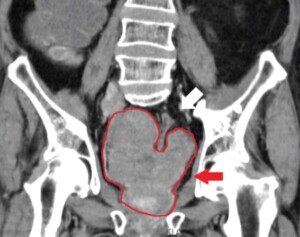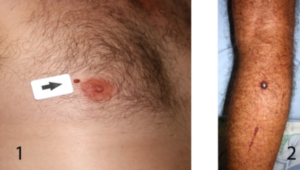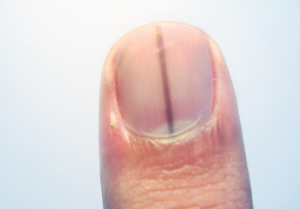You don’t have to feel powerless when it comes to preventing Alzheimer’s.
Alzheimer’s disease currently has no cure, and drugs to treat it only marginally slow it down.
It’s a frightening illness, primarily because the patient eventually forgets whom their own family members are.
Consistent aerobic exercise may significantly reduce disease markers linked to Alzheimer’s, according to research led by the University of Bristol (UK) and the Federal University of São Paulo (Brazil).
Published in Brain Research (2024), the study shows that cardiovascular or aerobic activity can protect brain cells and restore balance in the aging brain.
If you haven’t been exercising, get going: aerobic activity, even if you’re “old.”
Focusing on the hippocampus, which controls memory and learning, the study authors examined the effects of aerobic exercise on three key Alzheimer’s markers: amyloid plaques, tau tangles and iron buildup in oligodendrocytes (a type of cell in the brain).
These markers are central to Alzheimer’s disease development.
The results showed that rodents that engaged in structured aerobic exercise had:
– A 63% reduction in tau tangles, 76% reduction in amyloid plaques and a 58% decrease in iron accumulation.
– Improved brain cell health, including more protective oligodendrocytes.
– Lower levels of brain inflammation (55%-68% depending on the marker) and reduced cell death.
– Better communication between brain cells, helping restore balance in brain function.
Dr. Augusto Coppi, a senior author of the study, says in the paper that it’s already well-known that exercise slows the cognitive decline that comes with age.
However, it has not been known just how this occurs; only that it does.
The study helps clarify the mechanics behind the “why.”
Cardio exercise is a key factor in the prevention of Alzheimer’s progression.
The study, though done with rodents, still strongly suggests that consistent aerobic activity may slow the progression of, or even prevent, this form of dementia.
Of course, research on people is definitely warranted, and the researchers for this study plan to conduct human clinical trials to confirm these results.
They will also explore the possibility of developing drugs that target iron metabolism and cell death as potential treatments for Alzheimer’s.
Want to get started with aerobic exercise? Do it right.
Starting aerobic exercise as we age can greatly benefit brain health, even though this type of activity is commonly referred to as aerobic, cardio or cardiovascular.
However, it’s essential to approach it safely and effectively.
All populations – including “clumsy” people, morbidly obese people and older people who have never done any structured exercise – can do some form of cardio.
For older adults, low-impact aerobic exercises like walking or cycling outdoors, attending an aerobic class, or using a stationary bike, elliptical machine or treadmill are great options.
The key is consistency — aim for at least 150 minutes of moderate exercise per week, or about 30 minutes a day, five times a week.
Begin slowly, gradually increasing the intensity and duration to avoid injury.
Also, consider incorporating strength training and balance exercises into the routine.
People over 50, even 65, should also include strength training. Cardio alone, though beneficial to brain health, isn’t enough for optimizing overall health and fitness.
Strength training is often associated with building up the biceps and broadening the shoulders.
But it’s a godsend for keeping bones strong, making it easier to pick things up and carry them around, and helping to prevent falls.
 Lorra Garrick is a former personal trainer certified through the American Council on Exercise. At Bally Total Fitness she trained women and men of all ages for fat loss, increased strength, muscle building, and improved fitness and cardiovascular health.
Lorra Garrick is a former personal trainer certified through the American Council on Exercise. At Bally Total Fitness she trained women and men of all ages for fat loss, increased strength, muscle building, and improved fitness and cardiovascular health.
.









































